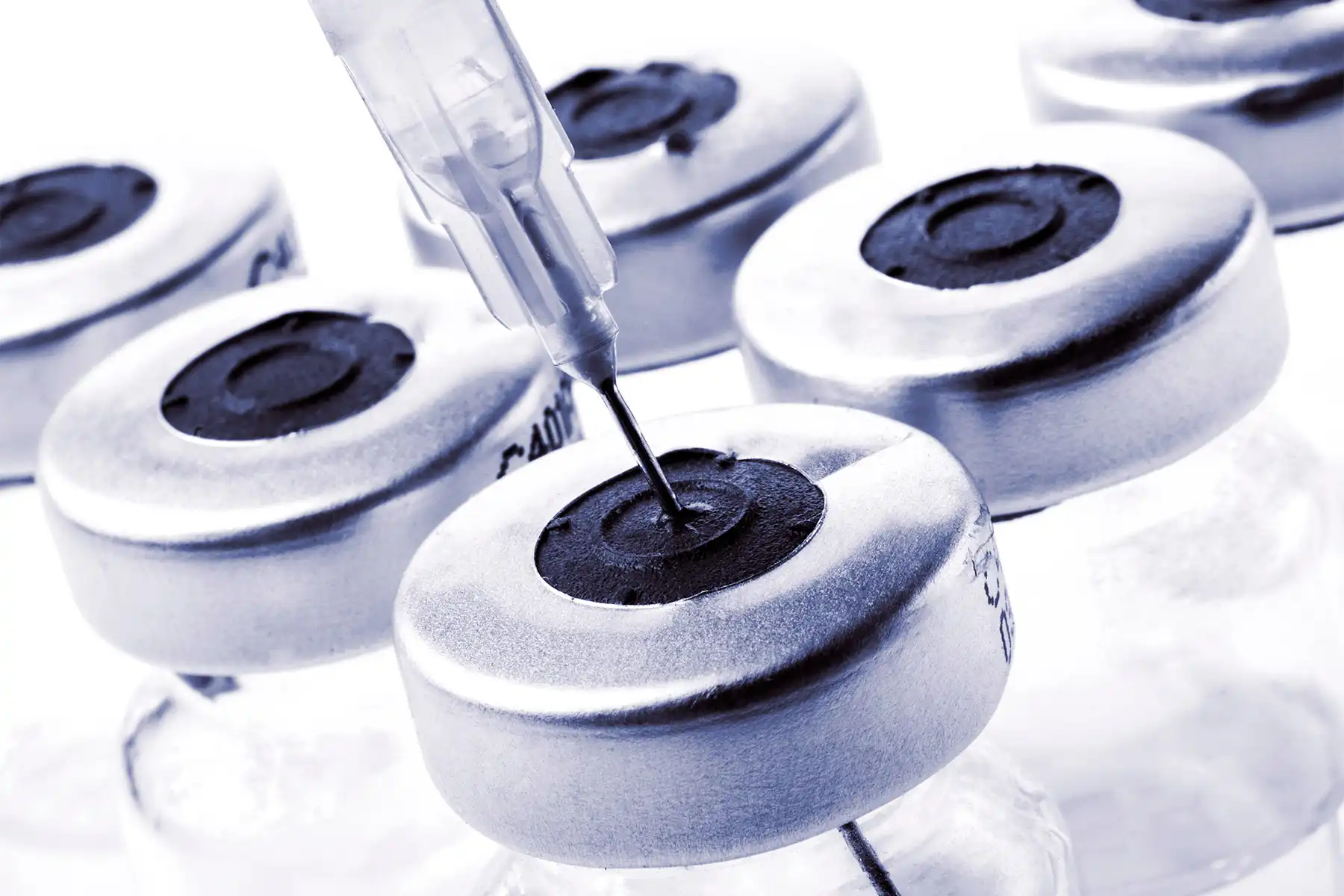Masteron Joint Pain Continues How Long After Use

If you have knee osteoarthritis, doctors can offer a variety of treatments to relieve your symptoms. One option is to inject medication into your knee.
There are different types of injections, and they're an important part of treating knee osteoarthritis for many people, says Roy Altman, MD, an osteoarthritis expert at UCLA. Injections can be especially helpful for people who haven't gotten relief from NSAIDs like ibuprofen, or people who can't take those drugs due to side effects.
Osteoarthritis (OA) is a common form of arthritis that often affects the knees. It develops when the cartilage – the smooth covering that protects the bones in the joint – breaks down. The surface of the bones becomes damaged, causing pain, swelling, stiffness, and disability.
How Knee Injections Work
First, your doctor will give you a shot of anesthetic to numb your knee.
Next, your doctor may use a needle to draw out any extra fluid that's in your knee.
After that, you'll get the pain-relieving injection, usually just below your kneecap. The shot shouldn't hurt, and the drug will work throughout the joint, says John Richmond, MD, an orthopedic surgeon at the New England Baptist Hospital in Boston.
Different treatments have side effects that you should discuss with your doctor beforehand. The two most common types of knee injection for OA are corticosteroids and hyaluronic acid.
Reduce Inflammation With Steroids
Corticosteroid injections are useful for treating flare-ups of OA pain and swelling with fluid buildup in the knee, Richmond says.
These injections help relieve symptoms by reducing inflammation in the joint. But they're not a perfect solution in every case. If you're considering this treatment, keep this in mind:
They work quickly. These injections offer "very rapid" relief, usually within 24 to 48 hours, Richmond says.
The benefit is short-term. On average, the pain relief lasts from 6 to12 weeks, Richmond says. Often, that's long enough to get you through a flare-up of osteoarthritis until your symptoms subside.
You shouldn't use them frequently. A corticosteroid shot often works best the first time, Altman says. After that, they tend to give less relief.
In most cases, Richmond tells his patients they can use these shots two to three times a year. Using them too often may damage cells in the knee that make cartilage.
Hyaluronic Acid
Most of the fluid in a healthy knee is hyaluronic acid, Altman says. But when you have knee OA, the hyaluronic acid in your knee thins. Your doctor can inject more hyaluronic acid into your knee to boost the supply.
Studies have shown that hyaluronic acid injections may help more than pain-relief medications for some people with OA. Other studies have shown they may improve symptoms as well as corticosteroid injections do. If you're considering hyaluronic acid injections, keep these in mind:
It's often not the first approach. Your doctor may suggest hyaluronic acid if:
- Your symptoms aren't improved by pain-relief medications or non-drug treatments such as heat or ice.
- You can't take pain relievers such as Advil or Motrin (ibuprofen), Aleve (naproxen sodium), or Tylenol (acetaminophen).
- A steroid shot doesn't help enough, or you or your doctor are concerned about its side-effects.
It may work in different ways. After an injection, hyaluronic acid helps cushion and lubricate the moving parts within your knee, Altman says. This effect is fairly short-lived. But the treatment seems to also provide more long-term benefit by relieving pain and inflammation.
You may need more than one injection. Five versions of hyaluronic acid injections are available in the U.S. Some types require only one injection. Others require up to five injections, usually within a 5-week period. If needed, you can get another shot after 6 months, Altman says.
Platelet-Rich Plasma: Can It Help OA?
Another treatment getting attention is platelet-rich plasma (PRP). This requires drawing a sample of your blood and processing it to create a fluid that contains a higher-than-normal amount of platelets, tiny disks that help clot the blood. The doctor then injects the fluid back into your injured area.
The platelets in your blood contain natural chemicals that help heal injuries. Doctors have been treating other problems - like tendon damage - for more than a decade with PRP.
However, experts still know little about whether it works for knee osteoarthritis.
© 2009 WebMD, LLC. All rights reserved.
Photo Credit: NikiLitov / Getty Images SOURCES: Roy Altman, MD, professor, UCLA Department of Medicine, Los Angeles. Altman has been a consultant for a number of pharmaceutical companies. John Richmond, MD, chairman of orthopedic surgery, New England Baptist Hospital, professor of orthopedic surgery, Tufts University School of Medicine, Boston. CDC: "Osteoarthritis." American College of Rheumatology: "Osteoarthritis." Rutjes, A. Annals of Internal Medicine, August 7, 2012. Bellamy, N. Cochrane Database of Systemic Reviews, April 19, 2006. Axe, J. Sports Medicine and Arthroscopy Review, March 2013. Smelter, E. Current Opinion in Rheumatology, February 16, 2013. American Academy of Orthopaedic Surgeons: "Platelet-rich plasma (PRP)."
christiethemores82.blogspot.com
Source: https://www.webmd.com/osteoarthritis/features/injections-for-osteoarthritis-pain
0 Response to "Masteron Joint Pain Continues How Long After Use"
Post a Comment